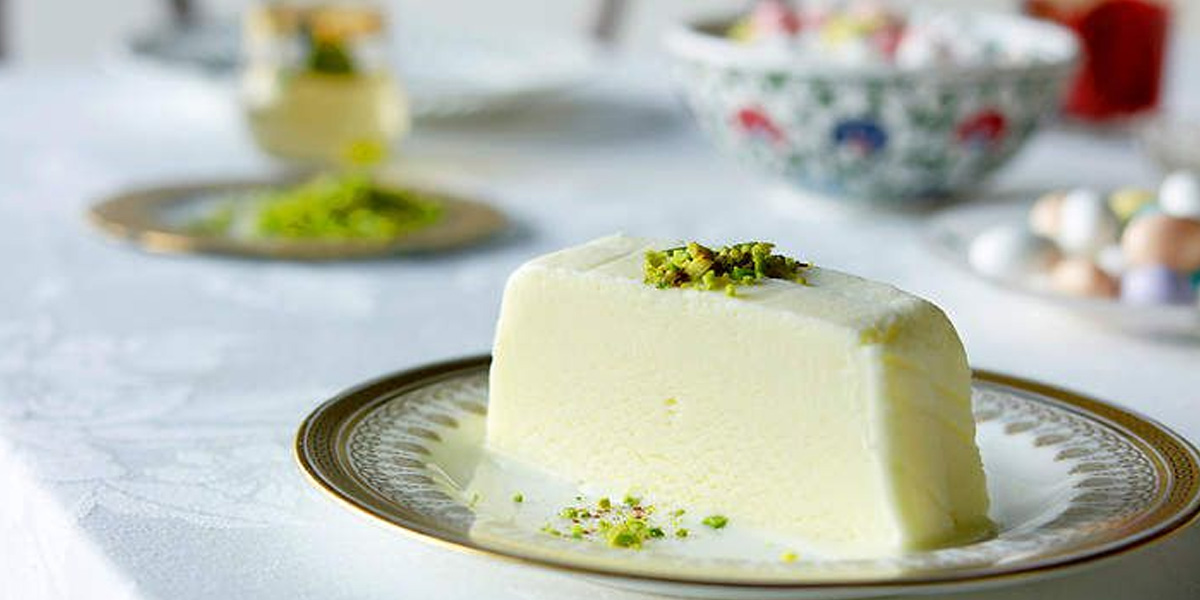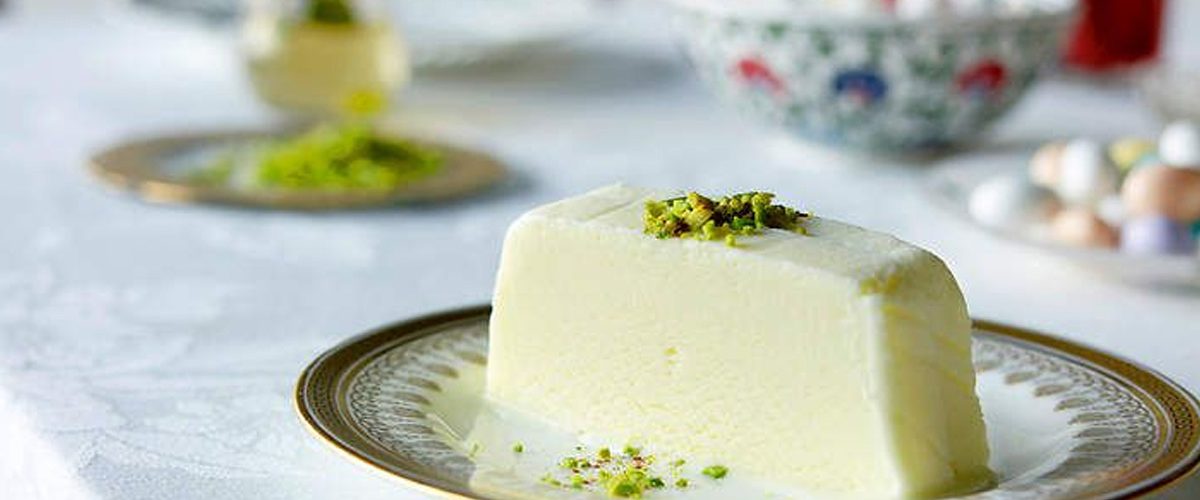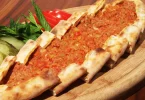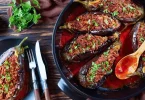Dondurma Recipe – Turkey Special

Experience a truly Turkish ice cream with this dondurma recipe, known for its delightfully chewy and stretchy texture thanks to salep and mastic gum. Unlike ordinary frozen treats, this chewy frozen dessert is dense, creamy, and astonishingly resilient—a unique texture treat that’s fun to eat and rich in tradition.
- Prep Time10 min
- Cook Time50 min
- Total Time1 hr
Dondurma Ingredients:
- 2 cups whole milk
- 1 cup heavy cream
- 3/4 cup granulated sugar
- 1 tablespoon cornstarch
- 1 teaspoon mastic gum (optional, for authentic texture)
- 1/2 teaspoon vanilla extract (optional)
- 1 tablespoon lemon juice (optional, for a slightly tangy flavor)
- 1/4 cup water
How to make Dondurma:
Prepare the Cornstarch Mixture:In a small bowl, mix the cornstarch with 1/4 cup of cold water until smooth and dissolved.
Heat the Milk and Cream:In a medium saucepan, combine the whole milk, heavy cream, and sugar. Place over medium heat and stir occasionally until the sugar has completely dissolved.
Add the Cornstarch:Gradually add the cornstarch mixture to the milk and cream mixture, stirring constantly. Bring the mixture to a simmer over medium heat, and continue stirring until it thickens (this should take about 5-7 minutes). The mixture should have a custard-like consistency.
Add Mastic Gum (Optional):If using mastic gum (which gives Dondurma its signature chewy, elastic texture), crush it into small pieces using a mortar and pestle, then add it to the milk mixture. Stir until it dissolves completely. Mastic is optional but adds an authentic flavor and texture that’s characteristic of Turkish ice cream.
Cool the Mixture:Once thickened, remove the saucepan from the heat. If you like, add the vanilla extract and/or lemon juice at this stage for extra flavor. Stir well, then let the mixture cool to room temperature.
Freeze:Once the mixture has cooled, pour it into a shallow container. Place the container in the freezer, and let it freeze for about 2-3 hours. After this initial freezing, remove it and stir the mixture vigorously with a spoon or whisk. This helps break up the ice crystals and makes the ice cream smooth.
Repeat Freezing and Stirring:Place the mixture back in the freezer. Every 30 minutes to 1 hour, take it out and stir vigorously. Repeat this process for 4-5 hours until the ice cream becomes firm, creamy, and smooth.
Serve:Once the ice cream reaches your desired consistency, scoop it into bowls or cones. Turkish Dondurma is known for its stretchy, chewy texture, so you may notice that it doesn’t scoop like traditional ice cream. If it’s too hard, let it sit at room temperature for a few minutes before serving.
Recipe Notes:
For authentic Turkish flavor, include both salep and mastic gum—these ingredients are essential for achieving that signature chew and flavor.
This is a make-ahead dessert—refrigerate the cooled base before freezing, and stir intermittently for a smooth, creamy finish.
To maintain that perfect syrup-flexible texture, be sure to freeze gradually with frequent stirring. If the ice cream becomes too hard, let it sit at room temperature briefly to soften without losing its stretchiness.







